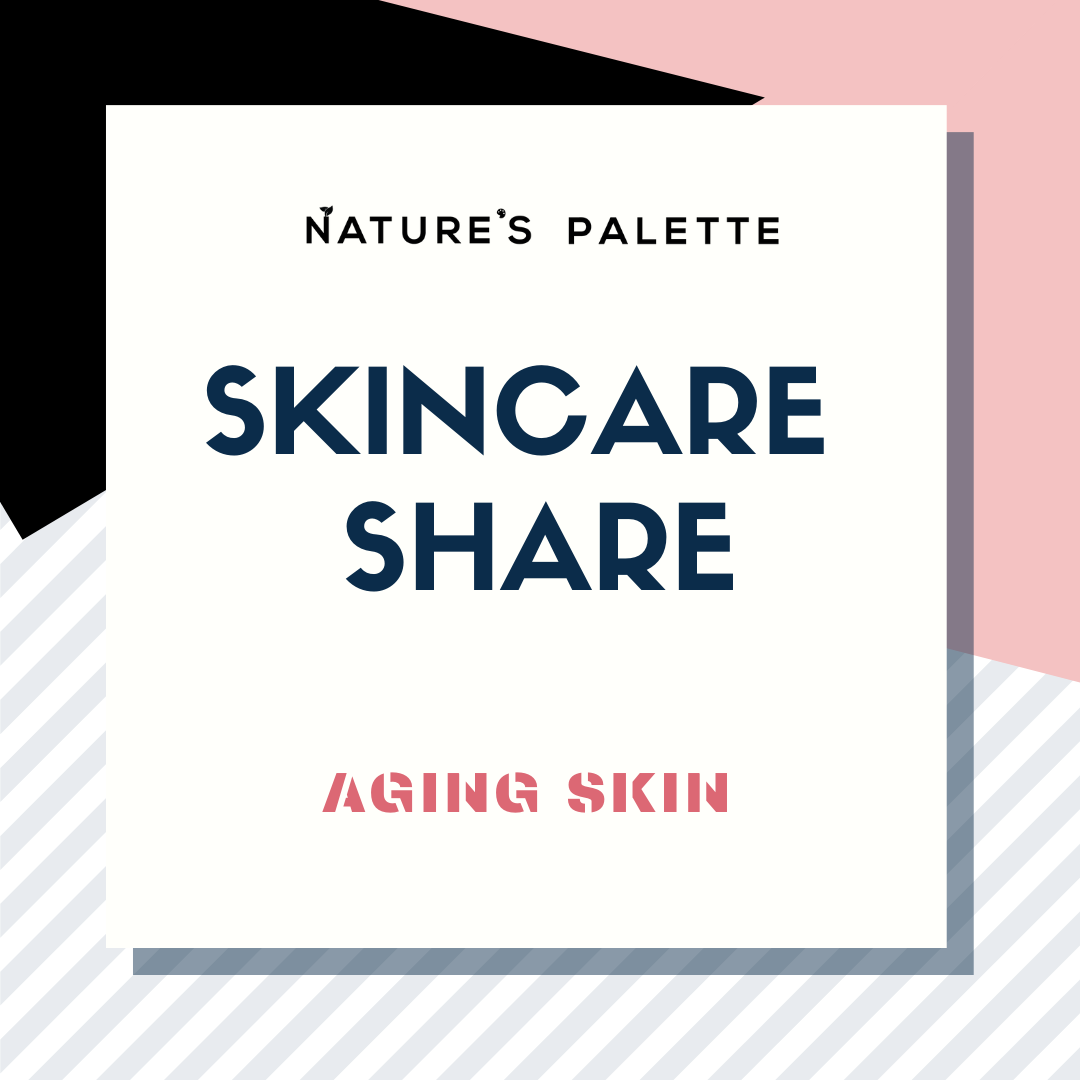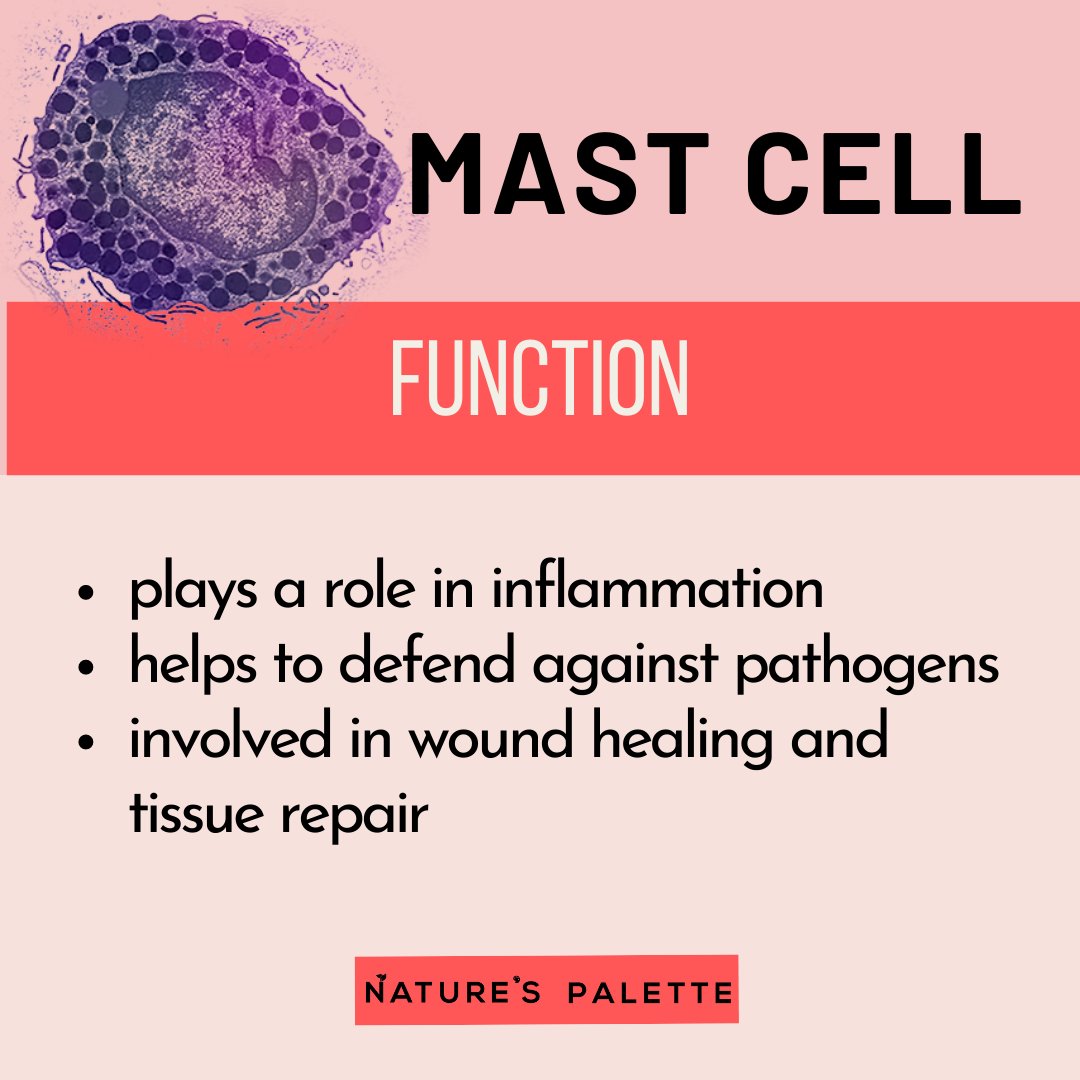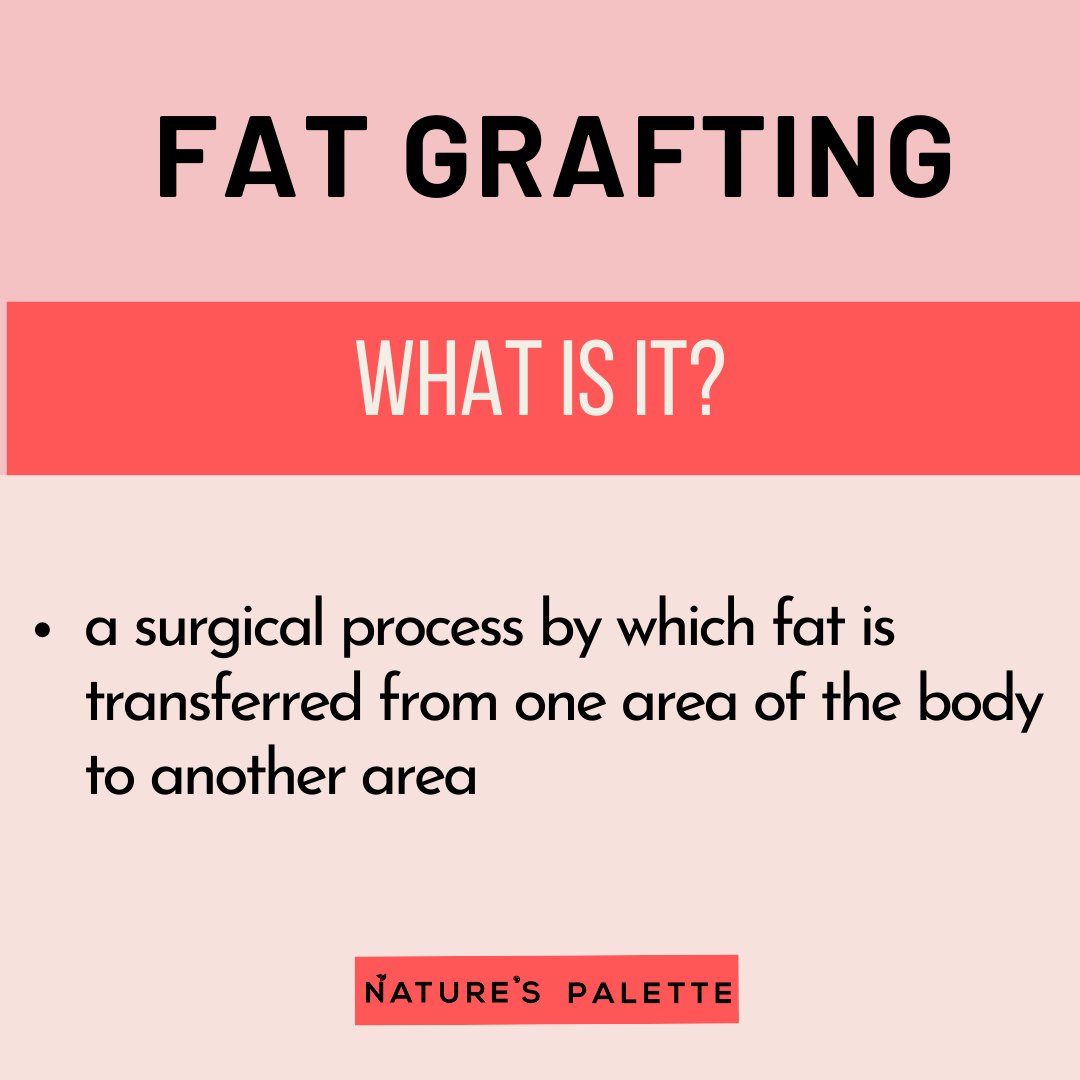Hello, NPBabes! We are back with another #NPSkincareShare. If you missed any of our previous sessions, you may simply click the hashtag to see the topics that we have discussed. For this session, we will be talking about aging skin.
With skincare, we often aim for healthy, youthful skin. However, as we get older, our skin starts to change. It’s an inevitable process that we must learn to adapt to. Skin aging is caused by intrinsic and extrinsic factors.
The aging of photoprotected areas such as the inner side of the upper arm is caused by intrinsic genetic or metabolic factors. Intrinsic skin aging is a chronological physiological process. The most striking histological difference occurs within the basal cell layer.
The proliferation of cells in the basal layer reduces as you age. This causes the epidermis to become thinner. The contact surface area between the dermis and epidermis also decreases which leads to a smaller exchange surface for nutrition supply.
This can be called as cellular senescence. Aged skin has more senescent cells. The dermis of photoprotected aged skin contains less mast cells and fibroblast than photoprotected young skin. It also contains rarefied collagen fibers and elastic fibers.
In intrinsically aged skin, many components such as the fibrous extracellular matrix components and oligosaccharides are degenerated. This affects the ability of the skin to retain bound water.
Extrinsic skin aging is characterized by external factors such as sun exposure, pollution & poor nutrition. 80% of facial aging is caused by exposure to UV radiation. Compared to the thinning of epidermis for intrinsically aged skin, UV-radiated skin has a thicker epidermis.
The differentiation process of epidermal keratinocytes is damaged by UV irradiation. Thus, keratinocytes cannot differentiate into cells for different layers of the epidermis. Due to this, the stratum corneum thickens due to failure in renewing corneocytes.
Type VII collagen (fibrils anchoring the dermal-epidermal junction) production is decreased and this leads to wrinkle formation due to the weakened attachment between dermis and epidermis. This is only the surface of what photoaging does to the skin.
Due to aging, the skin starts to appear rough-textured and wrinkly. Elastosis occurs, causing the skin to lose its elasticity. The skin also looks thinner and paler. You may also notice the occurrence of liver spots or age spots due to melanin overproduction.
Prevention is better than cure. However, both are equally important in this case as aging is an inevitable process. Thus, we often aim to prevent premature aging and cure or reduce the appearance of aging.
In terms of prevention, the number one advice is to use adequate sun protection. Other than that, having a nutritious diet and drinking enough water is also helpful. Dehydration increases the risk of skin injury.
Use of antioxidants such as vitamin C promotes collagen growth as they neutralize reactive oxidative species which is involved in collagen degradation. Retinoids are used to prevent and treat existing wrinkles.
Microneedling increases collagen and elastin production as well as improves the appearance of scars and fine wrinkles. However, it requires a careful sterilization regime and more aggressive treatments should be done by professionals.
Laser treatments can be utilized to diminish fine lines and wrinkles as it renews the skin’s surface. Stem cell therapy is a possible treatment for skin aging. Skin quality can be improved through stem cell transplantation.
For example, fat grafting may rejuvenate the overlying skin. Adipose tissue transplantation increases skin volume and the adipose-derived stem cells may lead to the regeneration of skin during aging.
That is all for this week, NPBabes. We hope this thread is informative and increases your understanding about skin aging and its prevention methods or treatments. See you next week!  https://abs.twimg.com/emoji/v2/... draggable="false" alt="❤️" title="Red heart" aria-label="Emoji: Red heart">
https://abs.twimg.com/emoji/v2/... draggable="false" alt="❤️" title="Red heart" aria-label="Emoji: Red heart">

 Read on Twitter
Read on Twitter








